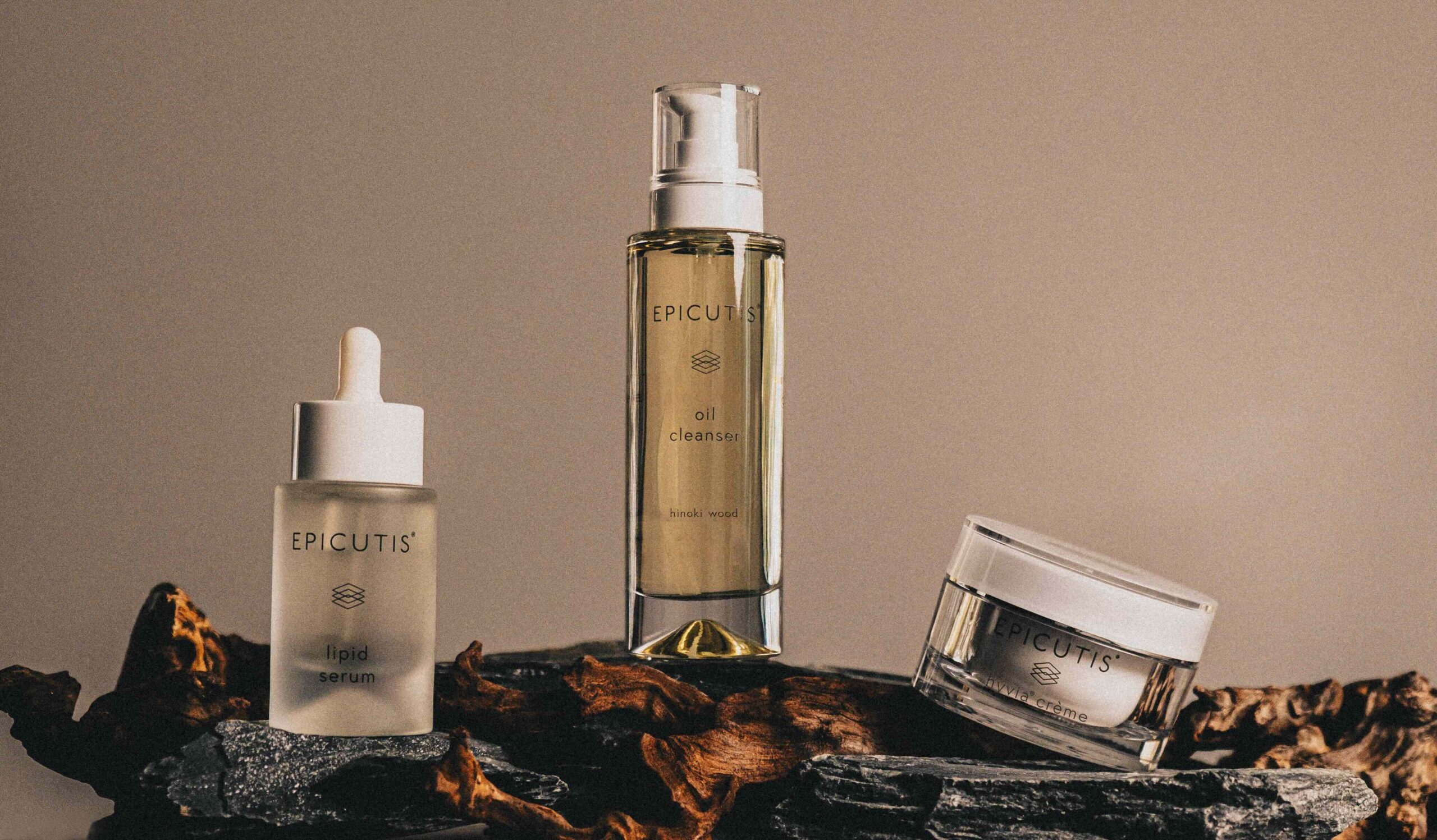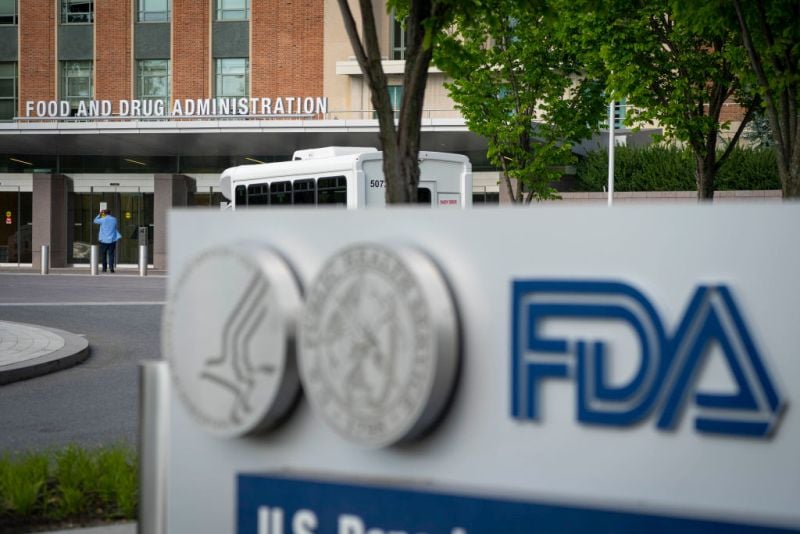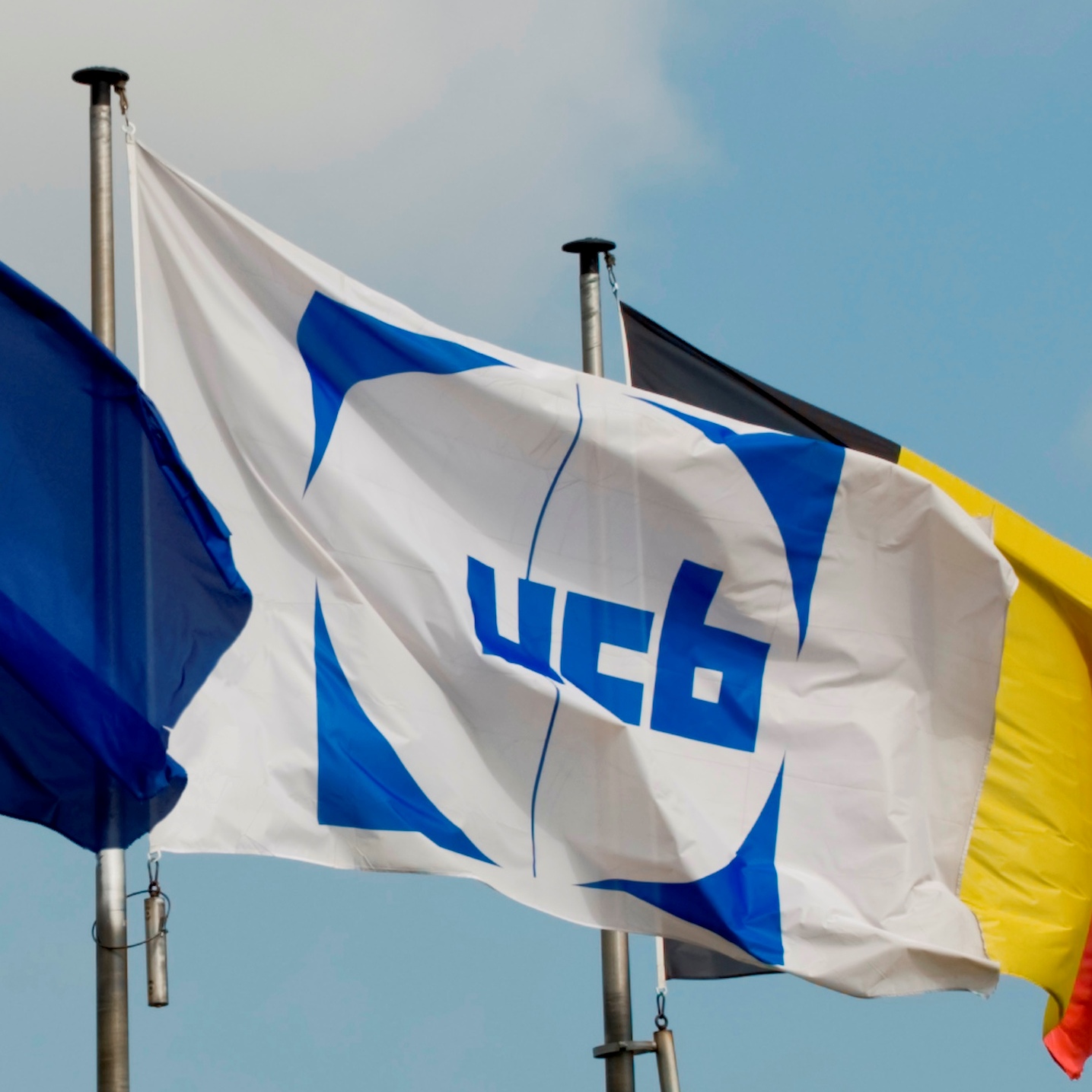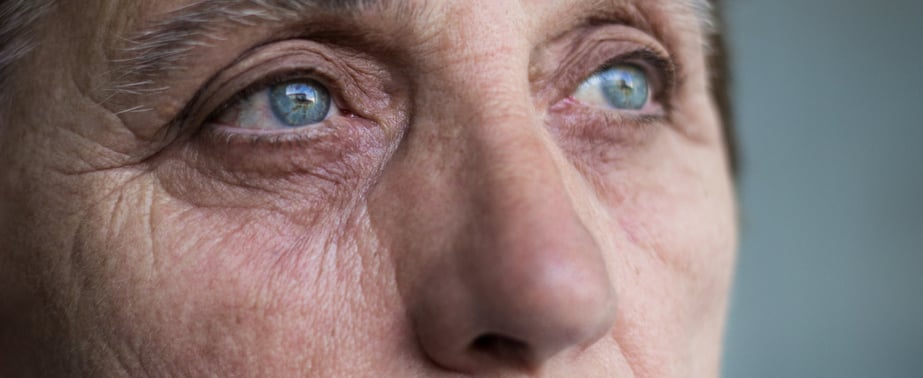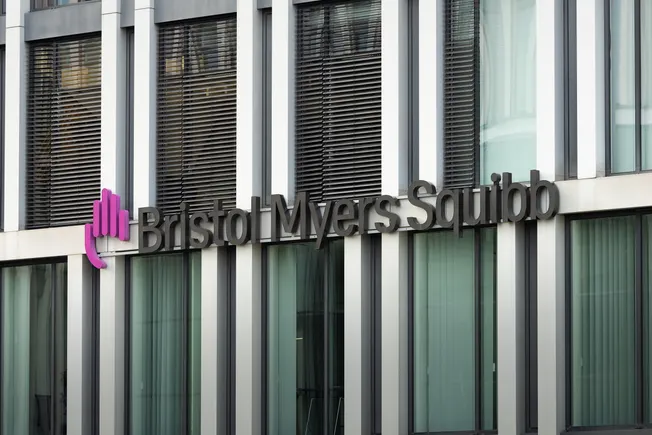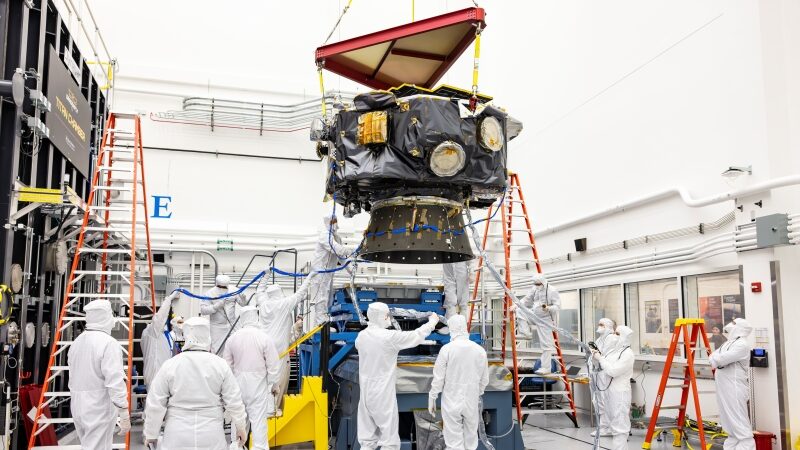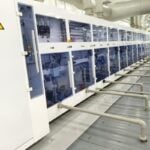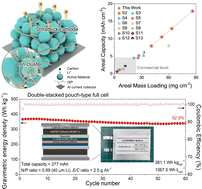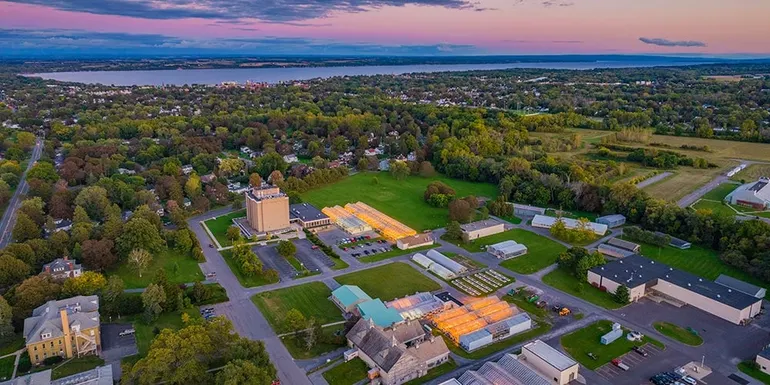Porous Microspheres Loading Small Molecule Targeting REV‐ERBs Modulate Inflammatory Cytokines Fluctuations to Promote Periodontal Bone Regeneration
Advanced Healthcare Materials, EarlyView.

This work presents a uniform porous microsphere, PLGA-S@Gel-SeHA. With sustainably released small molecule STL1267, it specifically targets and activates the circadian rhythm gene REV-ERBs (nuclear receptor subfamily 1, group D, NR1D), providing a novel strategy to regulate the fluctuation of inflammatory cytokine expression in macrophages, promotes M2 polarization of macrophages in periodontal tissues, facilitate osteogenic differentiation of BMSCs (bone marrow derived mesenchymal stem cells), and create a favorable microenvironment for the regeneration of inflammatory alveolar bone defects.
Abstract
Alveolar bone loss, mainly due to periodontitis and local inflammation, poses a great challenge for current bone graft materials. To address this issue, we introduce PLGA-S@Gel-SeHA, a microsphere composed of Poly(lactic-co-glycolic acid) (PLGA), gelatin mineralized selenium-doped hydroxyapatite (Gel-SeHA) and STL1267 (S), which target circadian rhythm gene REV-ERBs (nuclear recerptor subfamily 1, group D, NR1D), to maintain inflammatory cytokine homeostasis for alveolar bone repair. Synthesized via iso-density emulsion and microfluidics, the PLGA-S@Gel-SeHA microspheres are of uniform size and porosity, greatly enhancing the cell adhesion and ingrowth. The combination of Gel-SeHA with PLGA provides abundant biomineralization sites and osteogenic activities. Incorporation of STL1267, currently the safest and most effective small molecule compound targeting REV-ERBs, enables sustained release that mitigates the severe fluctuations of inflammatory cytokines under LPS stimulation. Specifically, it reduces the levels of IL-6, TNF, and IL-1β by over 30% at critical circadian time points, thereby restoring their normal rhythmic expression. This promotes macrophage polarization toward anti-inflammatory M2 phenotypes favorable for osteogenesis. In rat alveolar bone defects, these microspheres demonstrate effective inflammation regulation and significant bone regeneration. By targeting circadian rhythm genes to redress the abnormal inflammatory cytokines fluctuations, this approach may provide a feasible anti-inflammatory strategy for bone repair.












































